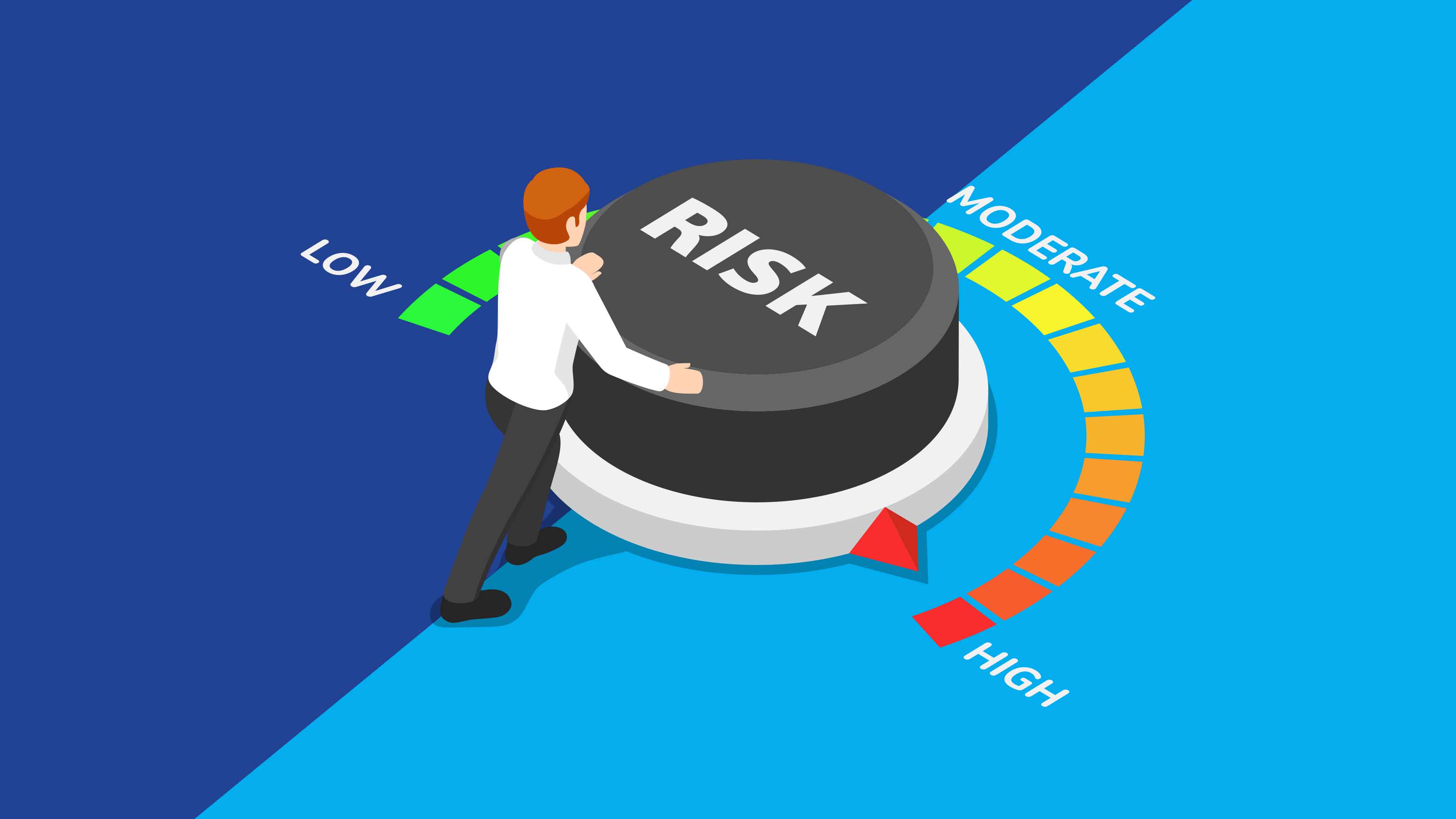제약 공급망의 위험 관리 전략

제약 공급망의 위험 관리 전략
제약 물류의 빠르게 변화하는 세계에서 위험 관리는 민감한 상품의 안전하고 효율적인 배송을 보장하는 데 중요합니다. 글로벌 공급망의 복잡성이 증가함에 따라 제약 회사들은 규제 준수에서 환경적 요인에 이르기까지 수많은 도전에 직면하고 있습니다. 이 글에서는 제약 공급망의 회복력을 향상시킬 수 있는 효과적인 위험 관리 전략을 탐구합니다.

제약 공급망의 위험 이해하기
제약 공급망은 본질적으로 다양한 위험에 취약합니다. 여기에는 다음과 같은 요소들이 포함됩니다:
- 규제 변화: 진화하는 규제를 준수하는 것은 상당한 도전을 야기할 수 있으며, 이는 잠재적인 지연과 비용 증가로 이어질 수 있습니다.
- 운송 중단: 자연재해, 파업, 물류 실패는 운송 경로를 방해하여 적시 배송에 영향을 미칠 수 있습니다.
- 온도 제어: 많은 제약 제품은 엄격한 온도 제어가 필요합니다. 콜드 체인 물류의 실패는 제품의 무결성을 손상시킬 수 있습니다.
- 사이버 보안 위협: 디지털 전환이 가속화됨에 따라 공급망 시스템에 대한 사이버 공격의 위험이 증가하여 데이터 유출 및 운영 중단으로 이어질 수 있습니다.
- 공급업체 신뢰성: 제3자 공급업체에 대한 의존은 품질 관리 및 배송 신뢰성과 관련된 위험을 초래할 수 있습니다.
효과적인 위험 관리 전략
이러한 도전에 대응하기 위해 제약 회사는 여러 가지 위험 관리 전략을 구현할 수 있습니다:
-
포괄적인 위험 평가
- 공급망 내의 잠재적인 취약점을 식별하기 위한 첫 번째 단계는 철저한 위험 평가를 수행하는 것입니다. 여기에는 공급업체, 운송 방법 및 규제 요구 사항 평가가 포함됩니다. 환경을 이해함으로써 회사는 위험 우선순위를 정하고 목표에 맞는 완화 전략을 개발할 수 있습니다.
-
강력한 공급업체 관계 구축
- 공급업체와의 강력한 관계 구축은 신뢰성과 품질을 보장하는 데 필수적입니다. 정기적인 커뮤니케이션과 협업은 잠재적인 문제를 조기에 식별하는 데 도움이 되어 사전 문제 해결을 가능하게 합니다. 또한, 공급업체 기반을 다양화하면 단일 공급원에 대한 의존도를 줄여 회복력을 향상시킬 수 있습니다.
-
기술에 투자하기
- 사물인터넷(IoT) 장치, 블록체인 및 데이터 분석과 같은 첨단 기술을 활용하면 공급망 내에서 가시성과 통제를 크게 향상시킬 수 있습니다. IoT 센서는 실시간으로 온도와 습도를 모니터링하여 콜드 체인 요구 사항 준수를 보장합니다. 블록체인 기술은 거래의 불변 기록을 제공하여 추적 가능성과 보안을 향상시킵니다.
-
표준 운영 절차(SOP) 구현
- 공급망의 모든 측면에 대해 SOP를 개발하고 시행하면 프로세스를 표준화하고 위험을 최소화하는 데 도움이 됩니다. 여기에는 온도 민감 제품 처리, 재고 관리 및 비상 사태 대응을 위한 프로토콜이 포함됩니다. 정기적인 교육과 감사는 직원들이 이러한 절차를 인식하고 효과적으로 실행할 수 있도록 보장합니다.
-
위기 관리 계획 수립
- 예상치 못한 중단에 대응하기 위해 강력한 위기 관리 계획을 마련하는 것이 중요합니다. 이 계획은 역할과 책임, 커뮤니케이션 전략 및 복구 프로세스를 명시해야 합니다. 정기적인 시뮬레이션과 훈련을 통해 팀이 실제 위기 상황에서 신속하고 효과적으로 대응할 수 있도록 준비시킬 수 있습니다.
-
규제 변화 모니터링
- 규제 변화에 대한 정보를 지속적으로 파악하는 것은 준수 및 위험 관리에 필수적입니다. 제약 회사는 운영하는 모든 시장에서 규제를 모니터링하는 시스템을 구축해야 합니다. 이러한 사전 대응 접근 방식은 비준수와 관련된 위험을 완화하는 데 도움이 될 수 있습니다.
-
사이버 보안 조치 강화
- 디지털 위협이 계속 진화함에 따라 강력한 사이버 보안 조치를 구현하는 것이 중요합니다. 여기에는 정기적인 보안 평가, 데이터 보호에 대한 직원 교육 및 첨단 보안 기술에 대한 투자 등이 포함됩니다. 강력한 사이버 보안 전략은 민감한 데이터를 보호하고 운영의 무결성을 유지할 수 있습니다.
효과적인 위험 관리는 제약 공급망에서 잠재적인 위협을 완화하는 것뿐만 아니라, 회복력을 구축하고 생명을 구하는 제품의 안전한 배송을 보장하는 것입니다. 포괄적인 위험 평가를 수행하고, 공급업체 관계를 강화하며, 기술을 활용하고, 강력한 위기 관리 계획을 개발함으로써 제약 회사는 공급망의 복잡성을 자신 있게 탐색할 수 있습니다. 산업이 지속적으로 진화함에 따라 위험 관리에 대한 적극적인 접근 방식이 성공의 필수 요소가 될 것입니다.
제약 공급망의 고유한 도전에 대응함으로써 회사는 운영 효율성을 높이고 필수 의약품이 가장 필요로 하는 사람들에게 도달하도록 보장할 수 있습니다. 탄탄한 위험 관리 전략에 대한 투자는 단순한 모범 사례가 아니라 제약 물류의 미래에 대한 필요입니다.

top




